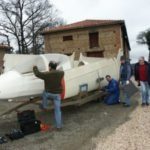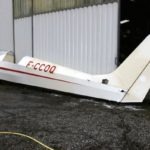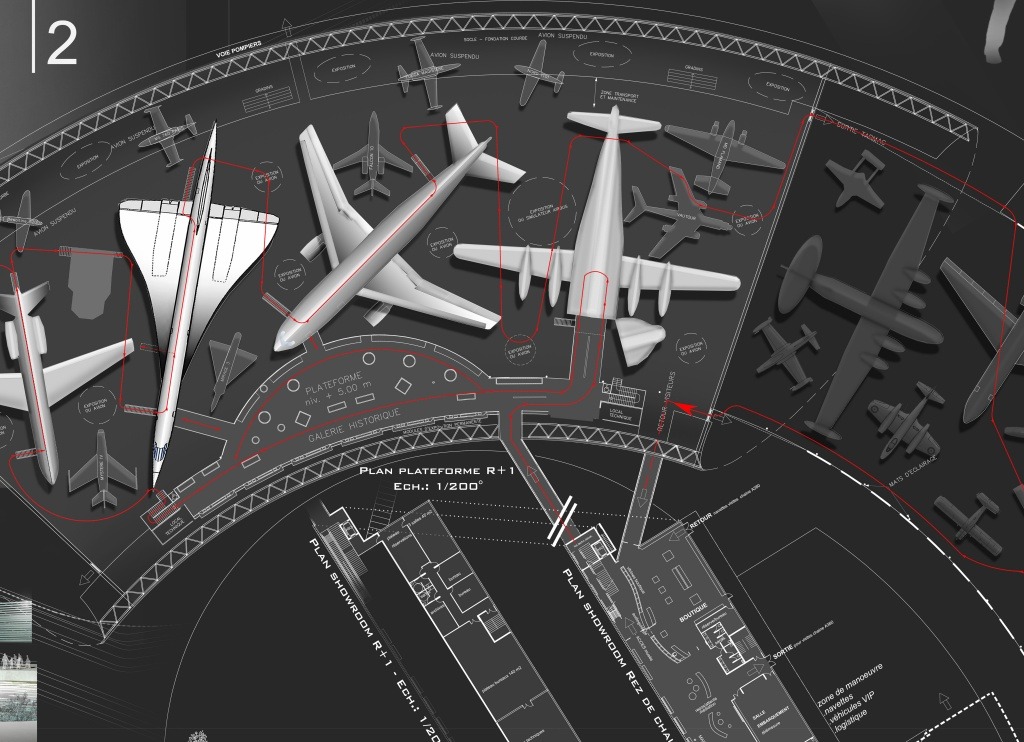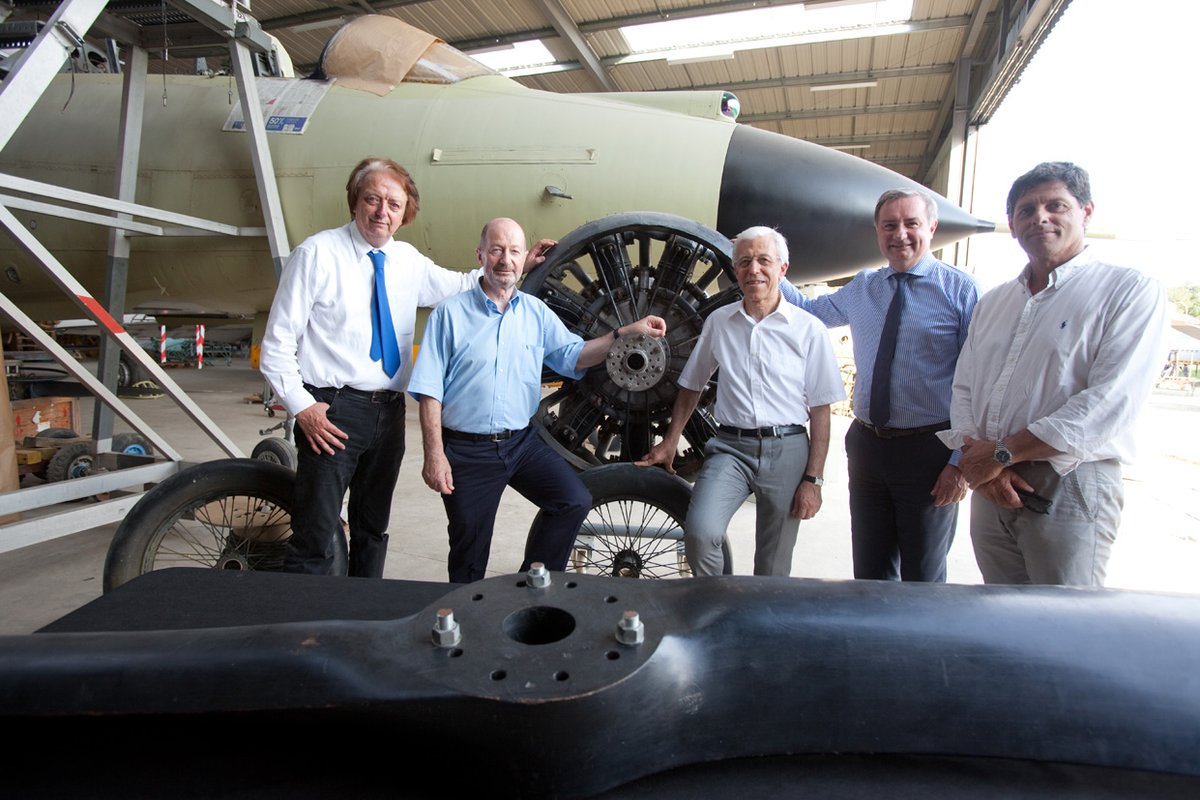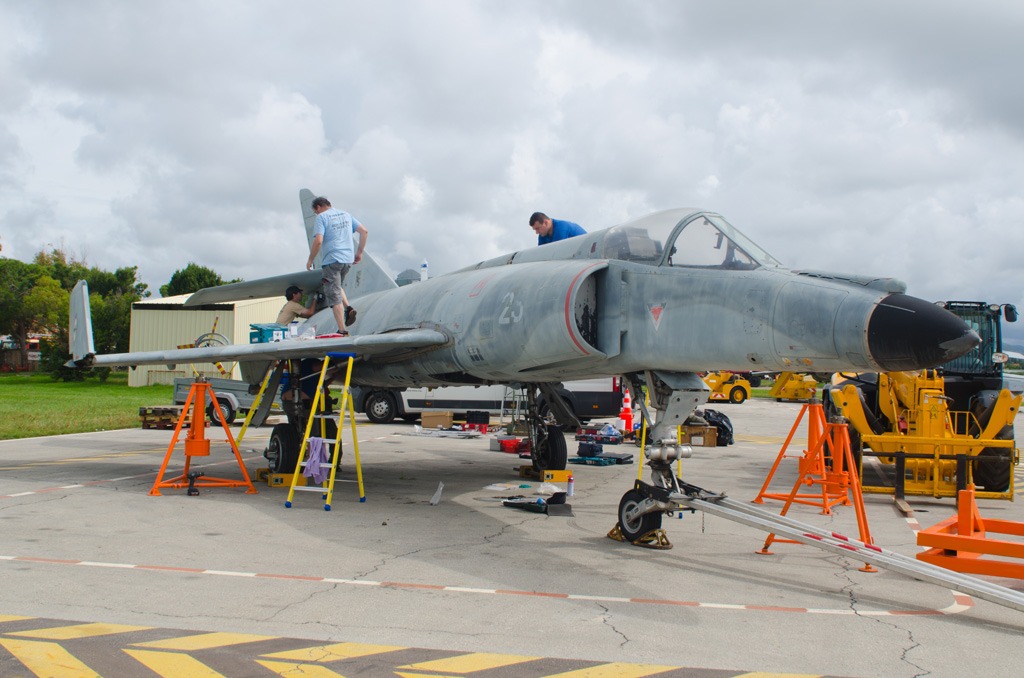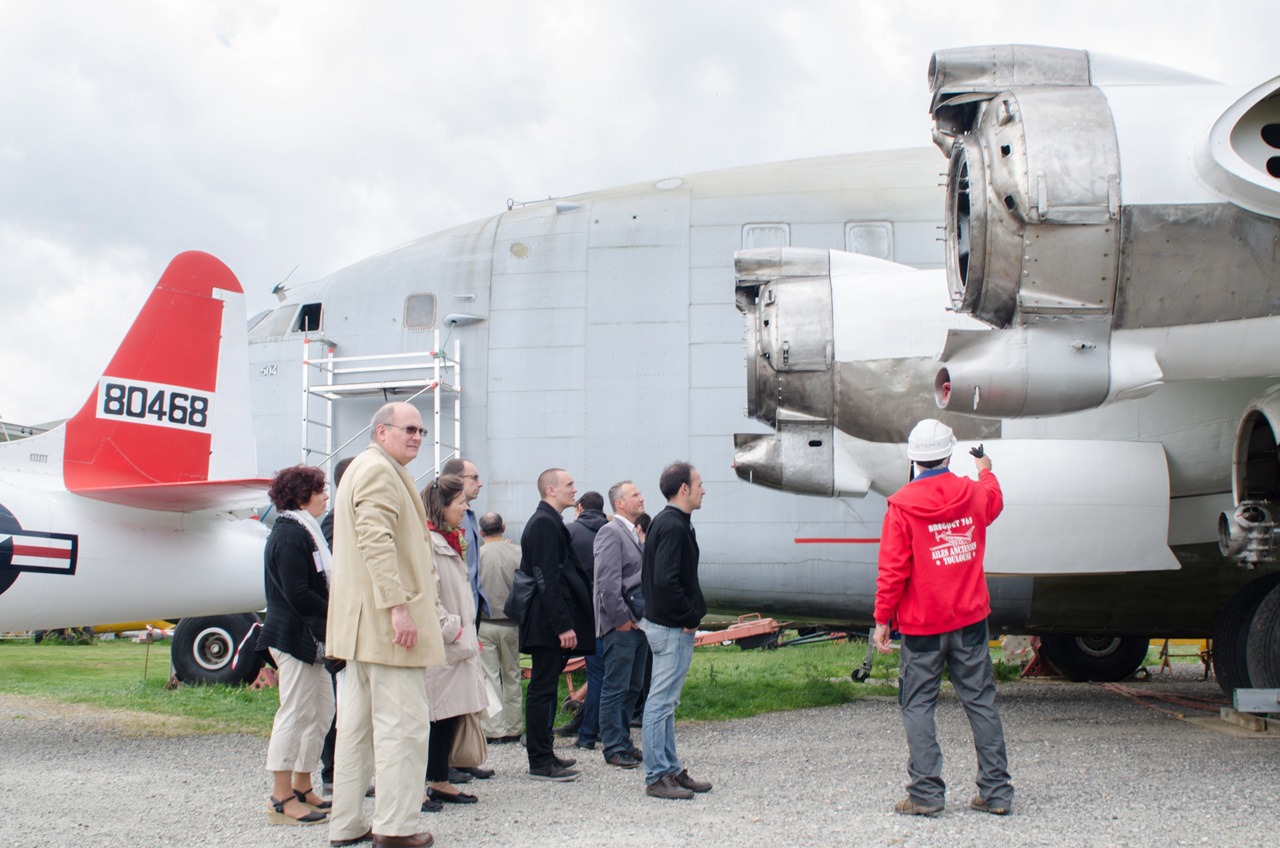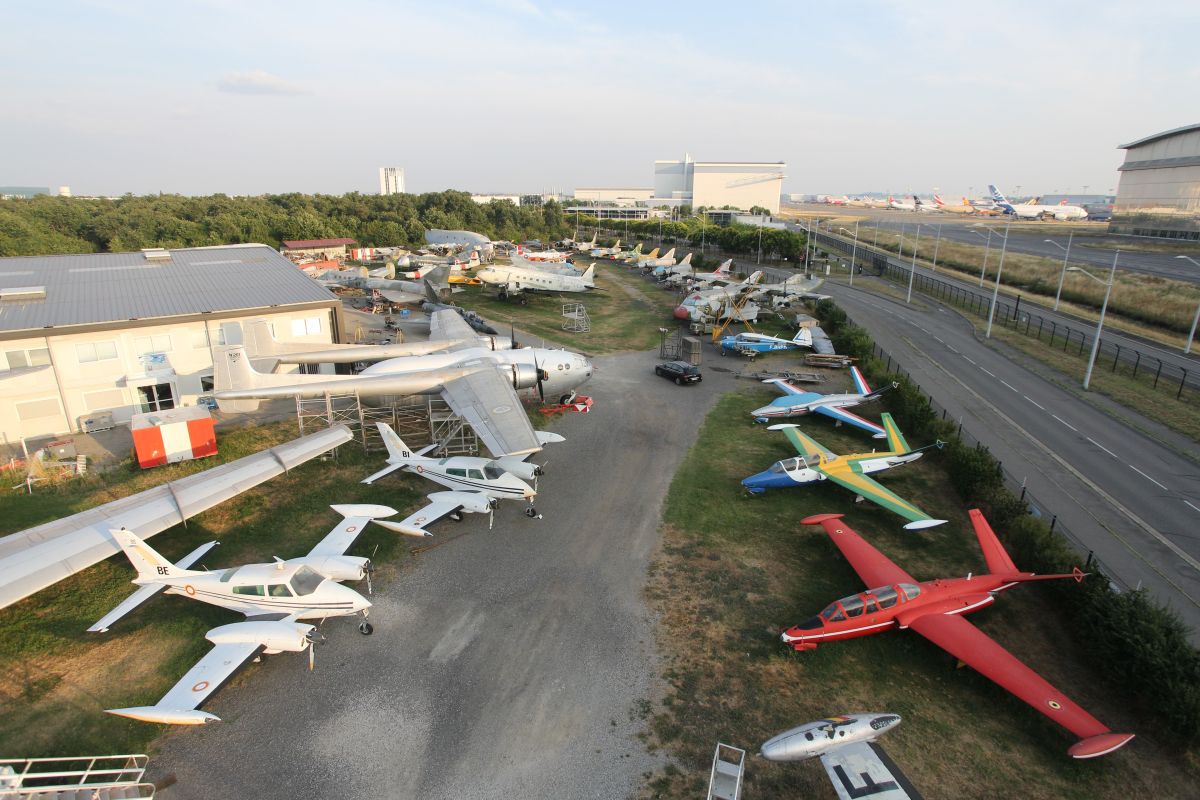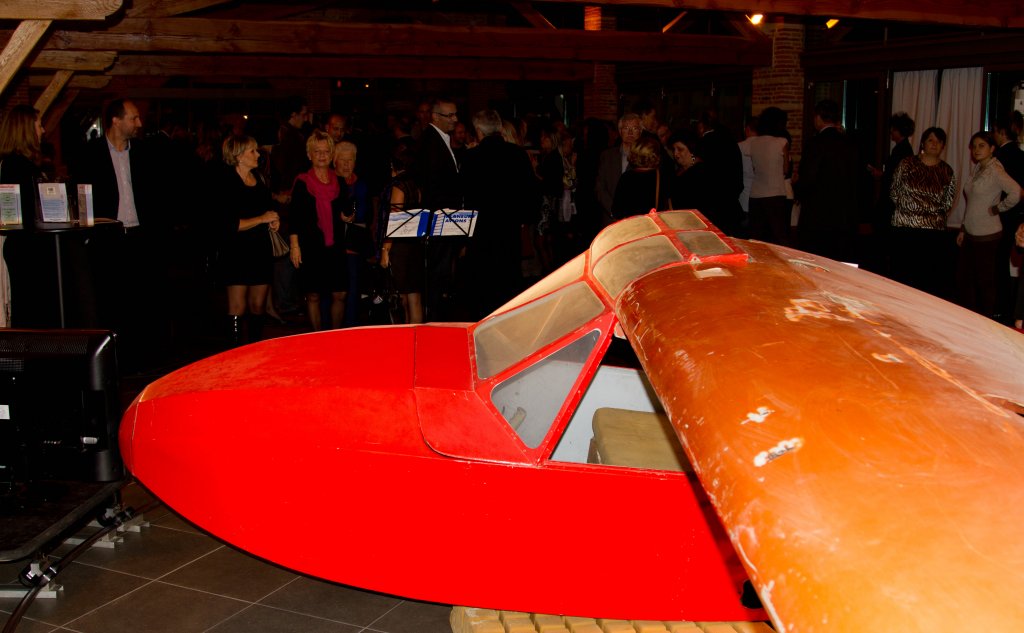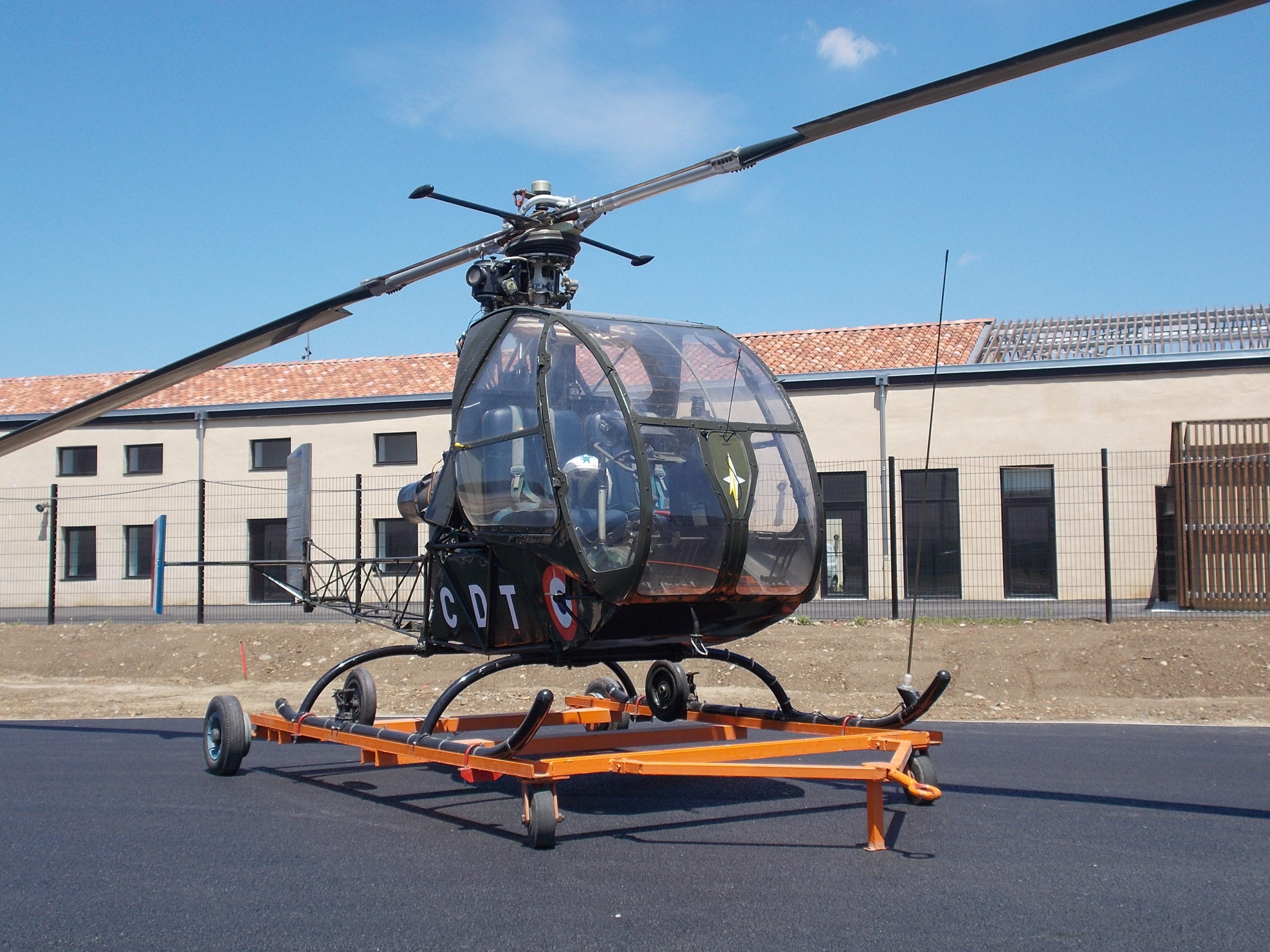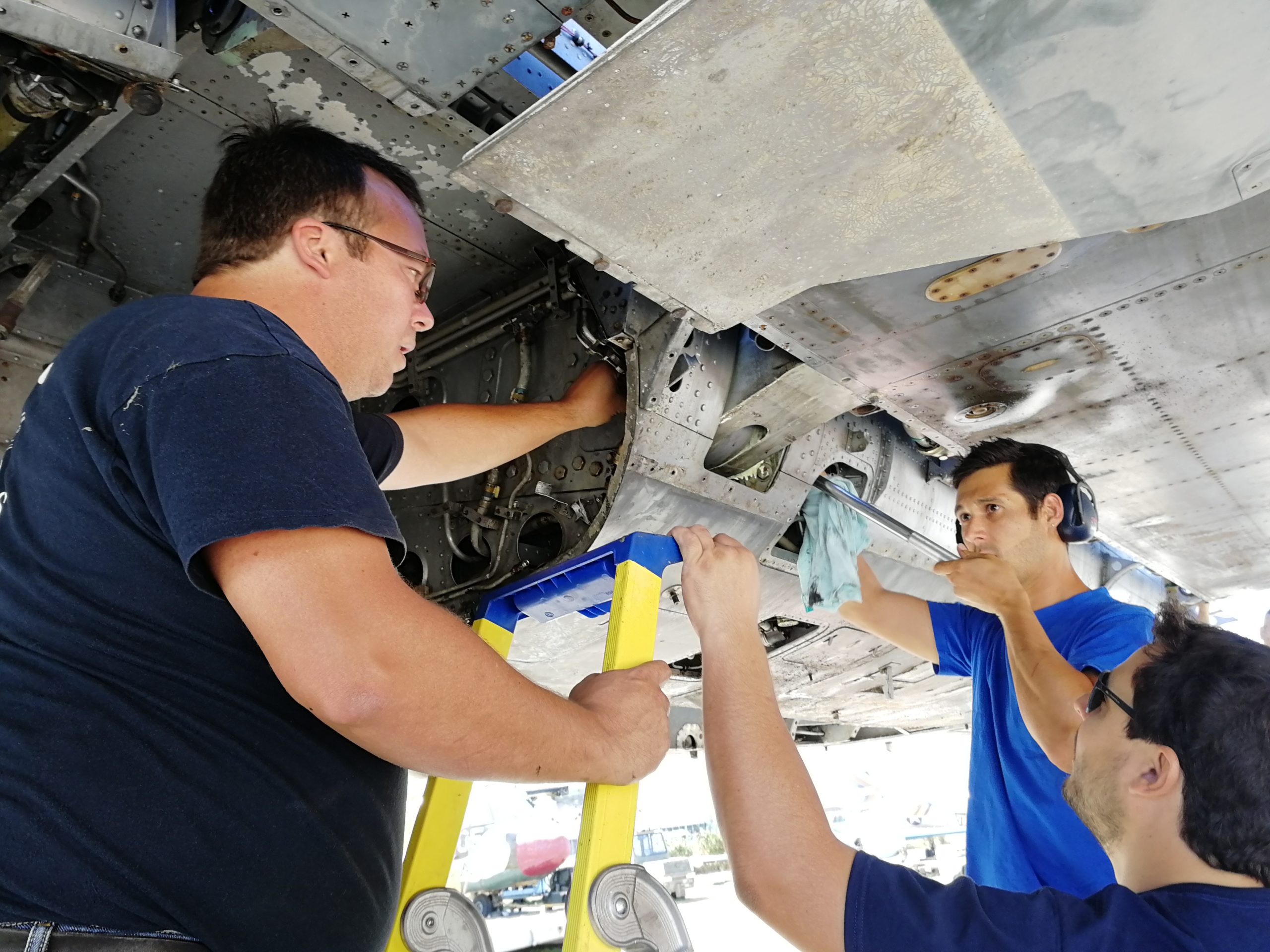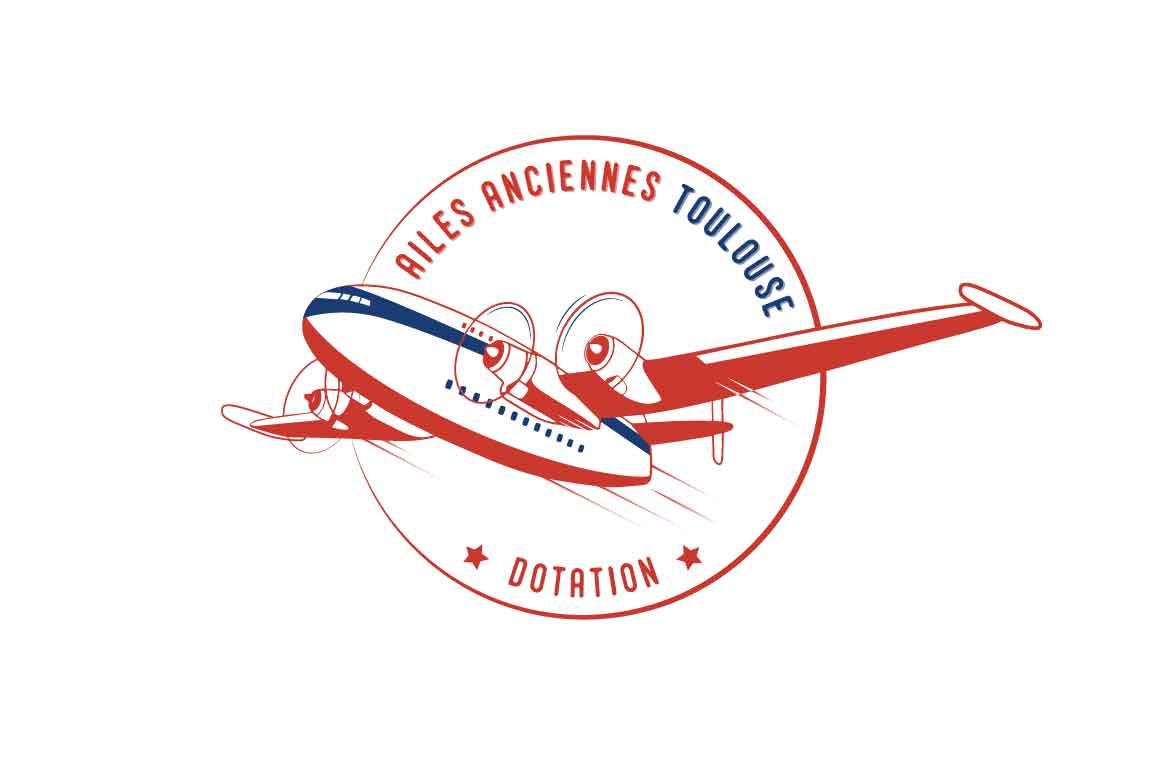Histoire
Dérivé du Wassmer WA-21 « Javelot » II, le « Bijave » (pour Biplace-Javelot) est un planeur à aile médiane. Le fuselage est en tubes d’aciers soudés et entoilés, l’aile est en bois entoilé et la dérive est en bois sur une structure métallique. Le Bijave dispose de commandes homogènes et dépourvues d’effets secondaires, idéales pour une utilisation en école. Grâce à des aérofreins particulièrement efficaces, ce planeur autorise la réalisation d’approches sous forte pente et d’atterrissages courts.
Ce planeur a été conçu à la suite d’un concours lancé par le SFATAT (Service de la Formation Aéronautique du Travail Aérien et des Transports) afin de remplacer les vieux biplaces d’entraînement d’après-guerre. Le concours fut remporté par Wassmer Aviation le 17 décembre 1958, date du premier vol du « Bijave ».
Le « Bijave » rencontra alors un succès immédiat auprès des écoles de vol à voile et fut fabriqué en série à près de 280 exemplaires.
En 1961, l’équipage féminin Trouillard-Suchet remporta les records d’altitude et de gain d’altitude avec celui-ci.
À la fin de la décennie, le planeur connut de nombreuses tragédies qui conduisirent le SGAC (Secrétaire Général de l’Aviation Civile) à l’interdire de vols pendant près de deux ans au détriment des écoles de vol à voile fortement dotés de ce modèle. L’armée de l’air cessa également de l’utiliser suite aux résultats d’expertises du CEAT (Centre d’Essais Aéronautiques de Toulouse).
Wassmer fut incapable de concevoir une solution au problème de la semelle inférieure du longeron et les « Bijave » ne purent reprendre les vols qu’après des améliorations apportées par A. Mudry de la société CAARP/AMC qui renforcèrent le plan central par des fibres composites.
Suite à ces modifications, les « Bijave » furent à nouveau utilisés pour l’apprentissage des élèves vélivoles et retrouvèrent la réputation d’avion fiable d’avant l’« Affaire Bijave ».
Cette affaire qui suscita la polémique pendant 2 ans a fortement contribué au dépôt de bilan de Wassmer dont l’activité fut reprise en 1978 par Issoire-Aviation
Caractéristiques
| Envergure : | 16,85 m |
| Longueur : | 9,60 m |
| Hauteur : | 2,64 m |
| Surface alaire : | 19,20 m² |
| Finesse : | 25/30 |
| Masse a vide : | 300 kg |
| Masse maxi : | 550 kg |
| Vitesse : | 180 / 200 km/h |
| Équipage : | 2 |
Notre appareil
Notre exemplaire nous a été cédé par un particulier en mars 2007 en compagnie du Wassmer Squale. Ils étaient stockés dans une grange de la région toulousaine.
Quelques photos :


